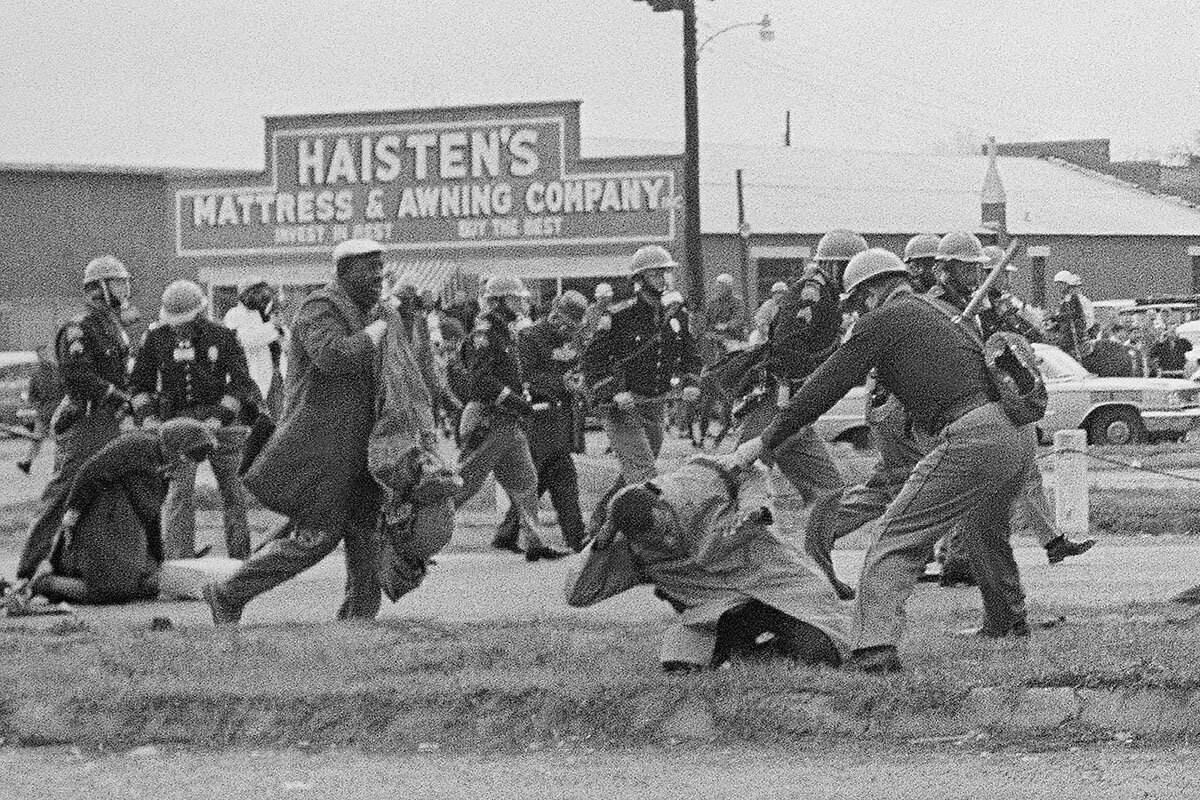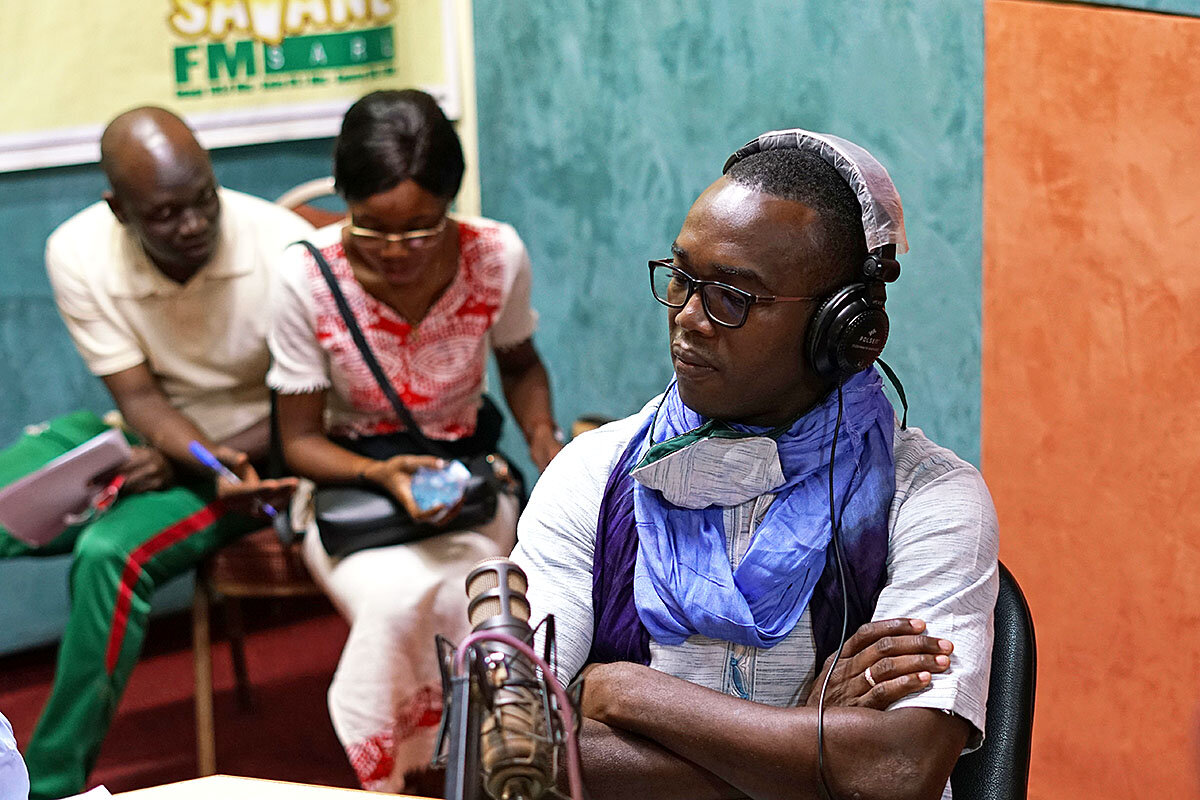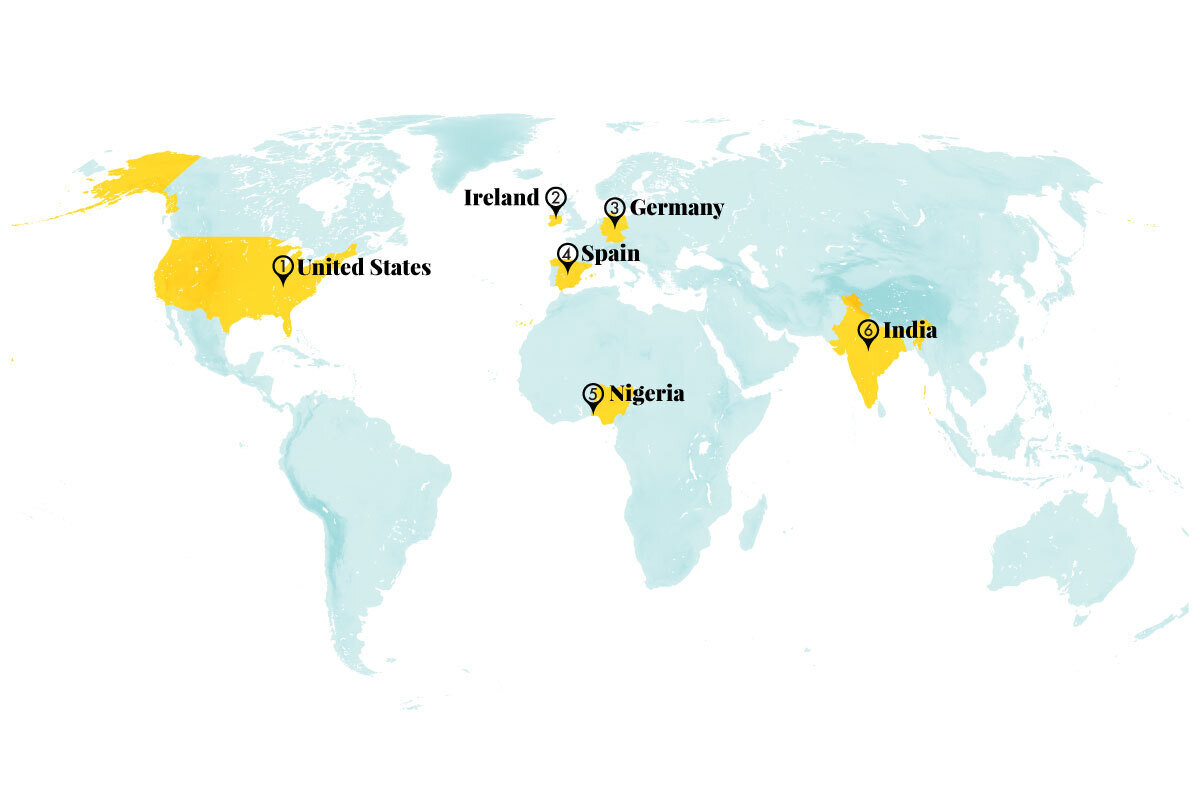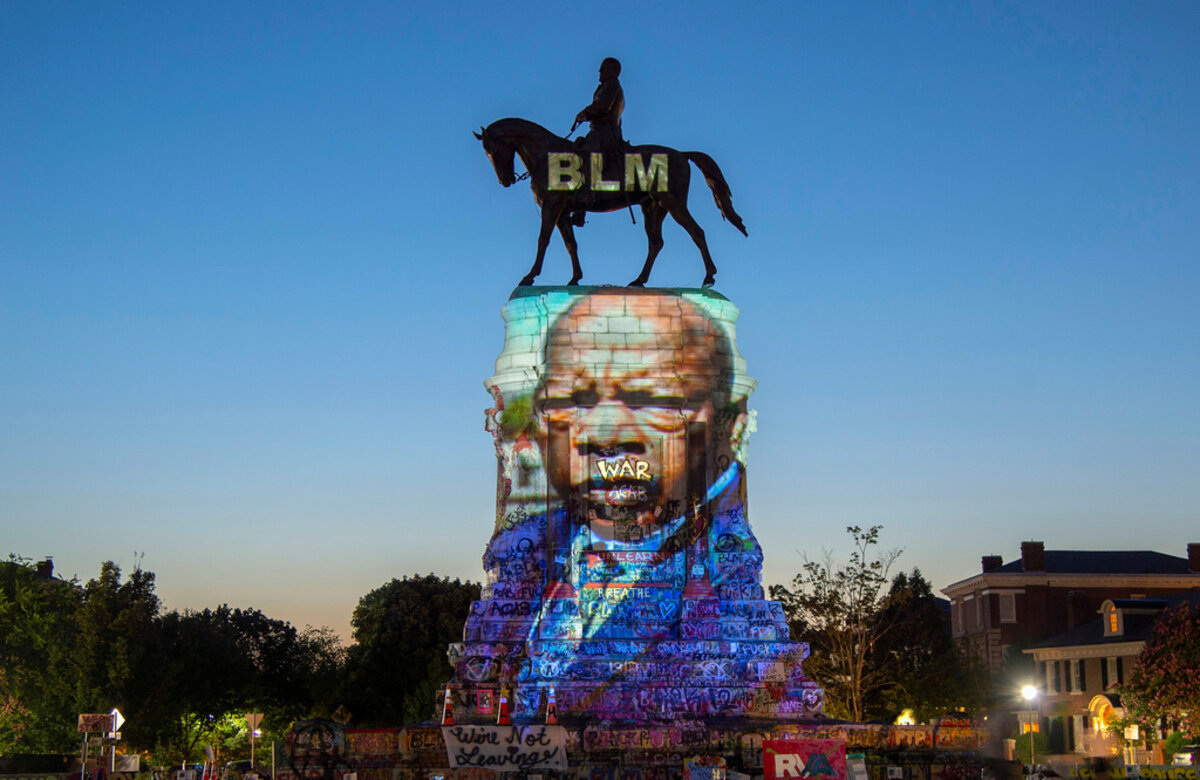A government report found the benefit of the doubt far less likely to be extended to Black service members in matters of military justice. Our reporter explores the depth of that inequity, and how the Defense Department might address it.
Monitor Daily Podcast
- Follow us:
- Apple Podcasts
- Spotify
- RSS Feed
- Download
 Clayton Collins
Clayton Collins
Climate change might lack the gravitational pull of pandemic and racial justice – the twin suns of so many recent news cycles – but it keeps showing up (it’s 100 degrees Fahrenheit in the Arctic).
And both public and political thought about attacking it appear to be shifting.
For some, it’s the next social justice issue. To others, this feels like a moment. Ahead of a European Council meeting this past weekend, climate scientists implored leaders to approach the climate crisis as aggressively as at least some of them have approached COVID-19. (Ned Temko wrote last week about signs that the pandemic is already changing the climate conversation.)
Now, Democrats seeking control of the White House (assuming the United States can pull off a “normal” election) sense that climate rescue is a “winning” issue. A Pew poll had 67% of Americans saying not enough is being done about climate change – and Democrats have prioritized it.
Another driver: opportunity. A new forecast by the World Economic Forum suggests some 395 million new jobs could be generated globally by 2030 if concern for the environment were to direct economic policy.
Could that kind of “reset” appeal at a time when pandemic is threatening businesses small and large? That’s the hope of holistic-thinking economists like Kate Raworth.
“What if we started economics not with its long-established theories but with humanity’s long-term goals,” she said in a recent interview, “and then sought out the economic thinking that would enable us to achieve them?”











